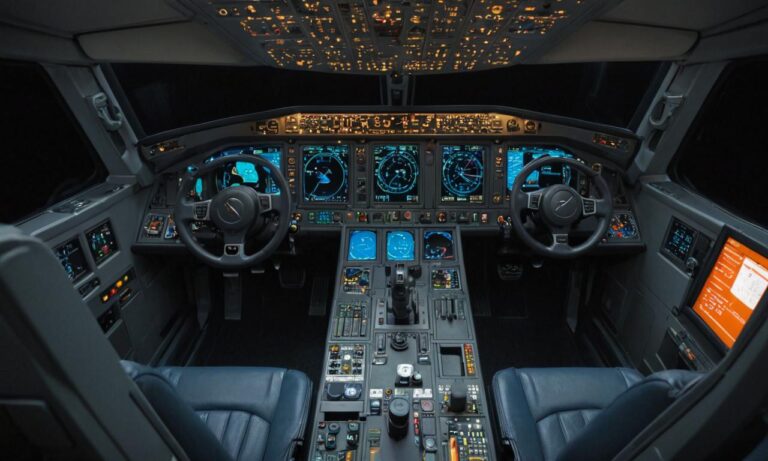The Boeing 777-200/200ER, a part of the Boeing 777 family, stands as a testament to the aviation giant’s commitment to excellence and innovation. With its remarkable features and capabilities, it has left an indelible mark on the aviation industry.
Design and Development
The development of the Boeing 777-200/200ER began in the early 1990s, with a focus on creating a long-range, wide-body aircraft that could accommodate a large number of passengers. Boeing engineers worked tirelessly to design an aircraft that would set new standards in terms of efficiency, comfort, and performance.
Features and Specifications
The Boeing 777-200/200ER boasts impressive specifications that make it a preferred choice for airlines around the world. With a range of up to 7,065 nautical miles, it can traverse long-haul routes with ease, connecting distant destinations seamlessly. Its spacious cabin can accommodate up to 440 passengers in a typical two-class configuration, ensuring comfort and convenience for travelers.
Performance
When it comes to performance, the Boeing 777-200/200ER excels in every aspect. Its powerful engines provide the thrust needed to propel the aircraft efficiently, while advanced aerodynamics help reduce fuel consumption and emissions. With a cruising speed of Mach 0.84, it can cover vast distances in a relatively short amount of time, making it an ideal choice for long-haul flights.
Technology and Innovation
Boeing has always been at the forefront of aviation technology, and the 777-200/200ER is no exception. Equipped with state-of-the-art avionics systems and advanced materials, it offers unparalleled levels of safety, reliability, and efficiency. From its fly-by-wire controls to its cutting-edge navigation systems, every aspect of the aircraft is designed to enhance the flying experience for both passengers and crew.
Market Impact
Since its introduction, the Boeing 777-200/200ER has had a significant impact on the global aviation market. Its versatility and efficiency have made it a popular choice for both passenger and cargo operations, with airlines leveraging its capabilities to expand their route networks and improve their competitiveness. With hundreds of units in service worldwide, it continues to play a crucial role in shaping the future of air travel.
In conclusion, the Boeing 777-200/200ER stands as a symbol of Boeing’s commitment to excellence and innovation. With its impressive features, outstanding performance, and unparalleled reliability, it has set new standards in the aviation industry and continues to be a preferred choice for airlines and passengers alike.
Environmental Impact
Aside from its technological advancements and market impact, the Boeing 777-200/200ER also raises discussions regarding its environmental footprint. While it excels in terms of efficiency compared to older aircraft models, concerns about carbon emissions and sustainability persist in the aviation industry. Efforts are underway to develop even more eco-friendly alternatives and to improve the sustainability of air travel.
Efficiency Enhancements
Continual research and development efforts focus on enhancing the efficiency of aircraft like the Boeing 777-200/200ER. These enhancements include the adoption of lighter materials, more aerodynamic designs, and the integration of fuel-efficient engines. These advancements aim to reduce fuel consumption and emissions, thereby mitigating the environmental impact of air travel.
Frequently Asked Questions
| Question | Answer |
|---|---|
| How many passengers can the Boeing 777-200/200ER accommodate? | The typical two-class configuration of the Boeing 777-200/200ER can accommodate up to 440 passengers. |
| What is the range of the Boeing 777-200/200ER? | The Boeing 777-200/200ER has a range of up to 7,065 nautical miles. |
| What is the cruising speed of the Boeing 777-200/200ER? | The cruising speed of the Boeing 777-200/200ER is Mach 0.84. |
See also:






